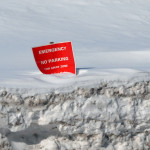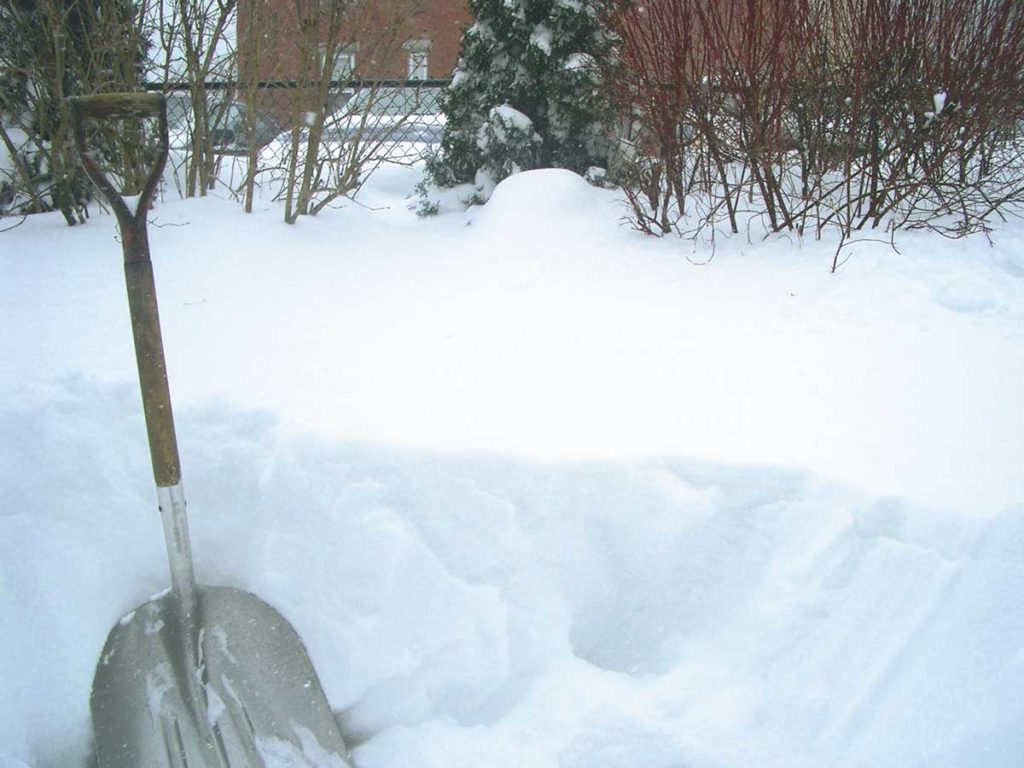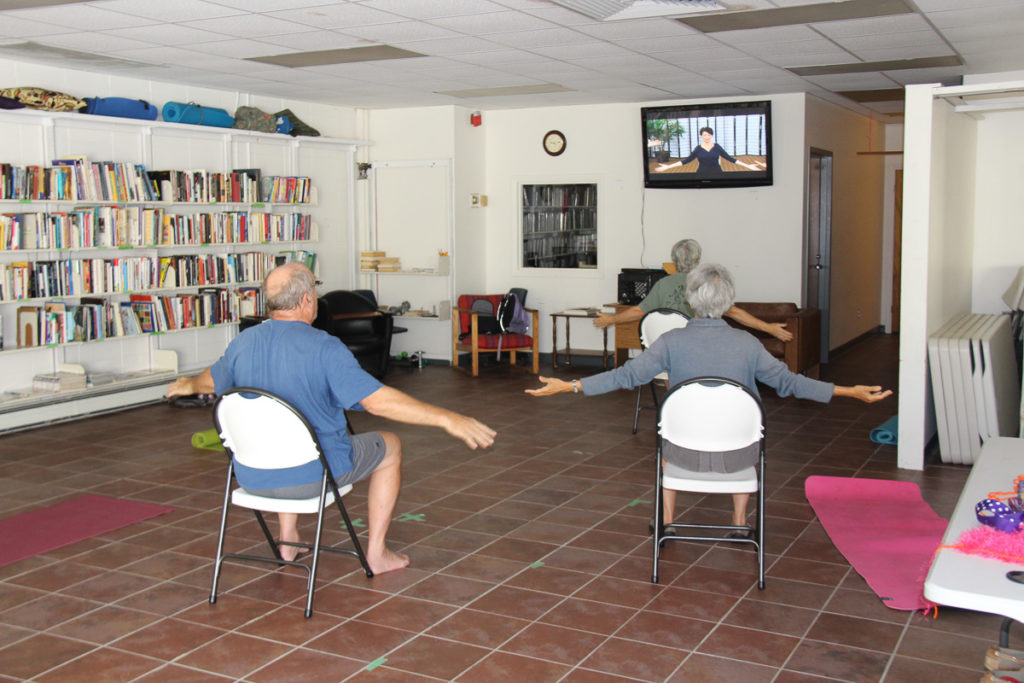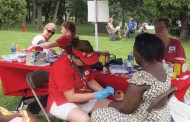Tips for shoveling snow
By Dr. Nicolas F. Arredondo
 Winter can make maneuvering on our roads and sidewalks challenging. But it’s the act of making them passable and safe that often gets us in trouble. But shoveling snow doesn’t have to hurt!
Winter can make maneuvering on our roads and sidewalks challenging. But it’s the act of making them passable and safe that often gets us in trouble. But shoveling snow doesn’t have to hurt!
There are thousands of people who injure themselves each year due to weather-related activity, and one of the main culprits is shoveling snow. While cleaning up after a snow storm is nothing new to Mainers, we may not realize that it can be a health hazard until it’s too late.
While shovel manufacturers strive to make their products easier to use, there is really no way to make a shovel truly ergonomic. That’s because the act of shoveling requires complex movements. The combination of lifting, bending, and twisting while holding a long-handled shovel filled with snow can produce force that hits your lower back.
Consider a warm up.
If not done carefully, shoveling can easily cause a back injury due to stress on the joints of the spine. Other common injuries include strains, sprains, scrapes, and bruises.
These problems can be compounded by the way we approach the task of clearing snow from our driveways and sidewalks. Many of us roll out of bed, bundle up, and get to it. But this common approach is cause for concern. We are often doing this cold and without stretching, which can increase the likelihood of injury.
Thankfully, there are steps we can all take to prevent injuries associated with shoveling snow.
Stretching is important.
Wearing proper footwear for the best grip on slippery surfaces can help avoid slips and falls.
Consider practicing proper lifting techniques, such as using our legs instead of our back, and being more deliberate in our movements can reduce the strain put on our lower backs.
And the best advice I could give everyone is to consider gentle stretching exercises for the lower back and neck.
Yoga is a great way to help ensure we are well conditioned for shoveling, and it has the added benefit of fighting the battle of the bulge while also introducing mindfulness into our daily routines.
These tips can help keep us safe and healthy this winter, but we know there is no way to prevent all snow-related injuries.
The good news is most people will never need to see a spine surgeon like me. Back surgery is reserved for only those that truly need it. In fact, the most common back injuries, such as a muscular strain or sprain, can be treated at home with the application of heat or ice, stretching, and over the counter medications like anti-inflammatories.
Gentle massage by a professional can also be therapeutic, and sometimes physical therapy will be recommended by your doctor.
Look for the warning signs.
 While the majority of injuries do not require surgery or hospitalization, it’s important to point out important warnings signs that can accompany certain injuries. For example, you should call your doctor right away if you experience numbness or weakness in the legs, which could indicate a more serious problem. While this doesn’t automatically mean you need surgery, it’s important to seek medical attention when symptoms don’t resolve spontaneously and promptly.
While the majority of injuries do not require surgery or hospitalization, it’s important to point out important warnings signs that can accompany certain injuries. For example, you should call your doctor right away if you experience numbness or weakness in the legs, which could indicate a more serious problem. While this doesn’t automatically mean you need surgery, it’s important to seek medical attention when symptoms don’t resolve spontaneously and promptly.
Please be safe out there. We are here if you need us.
Dr. Nicolas F. Arredondo
Dr. Arredondo is a board-certified neurosurgeon practicing at Mercy Hospital’s Maine Spine Surgery.







